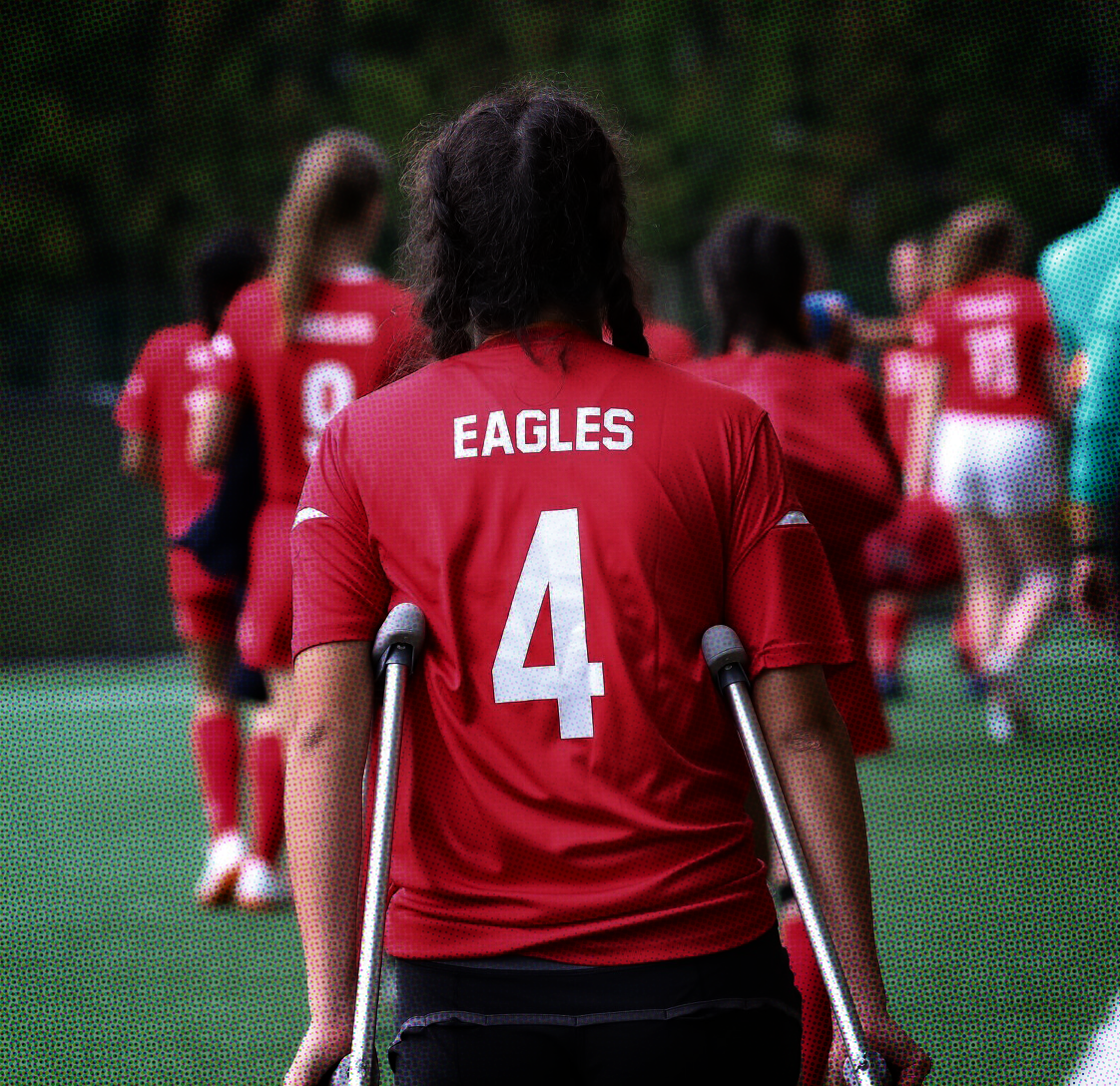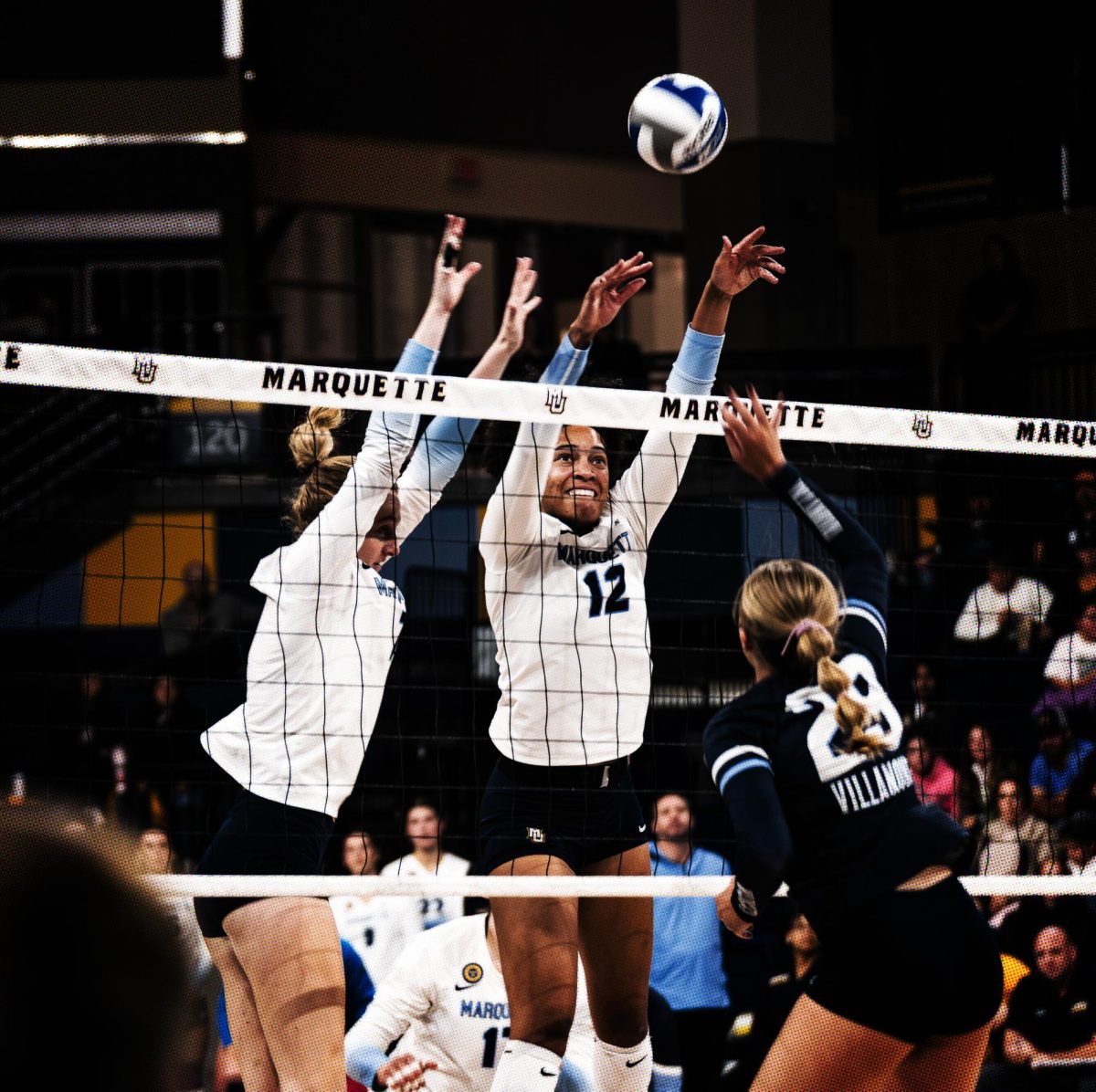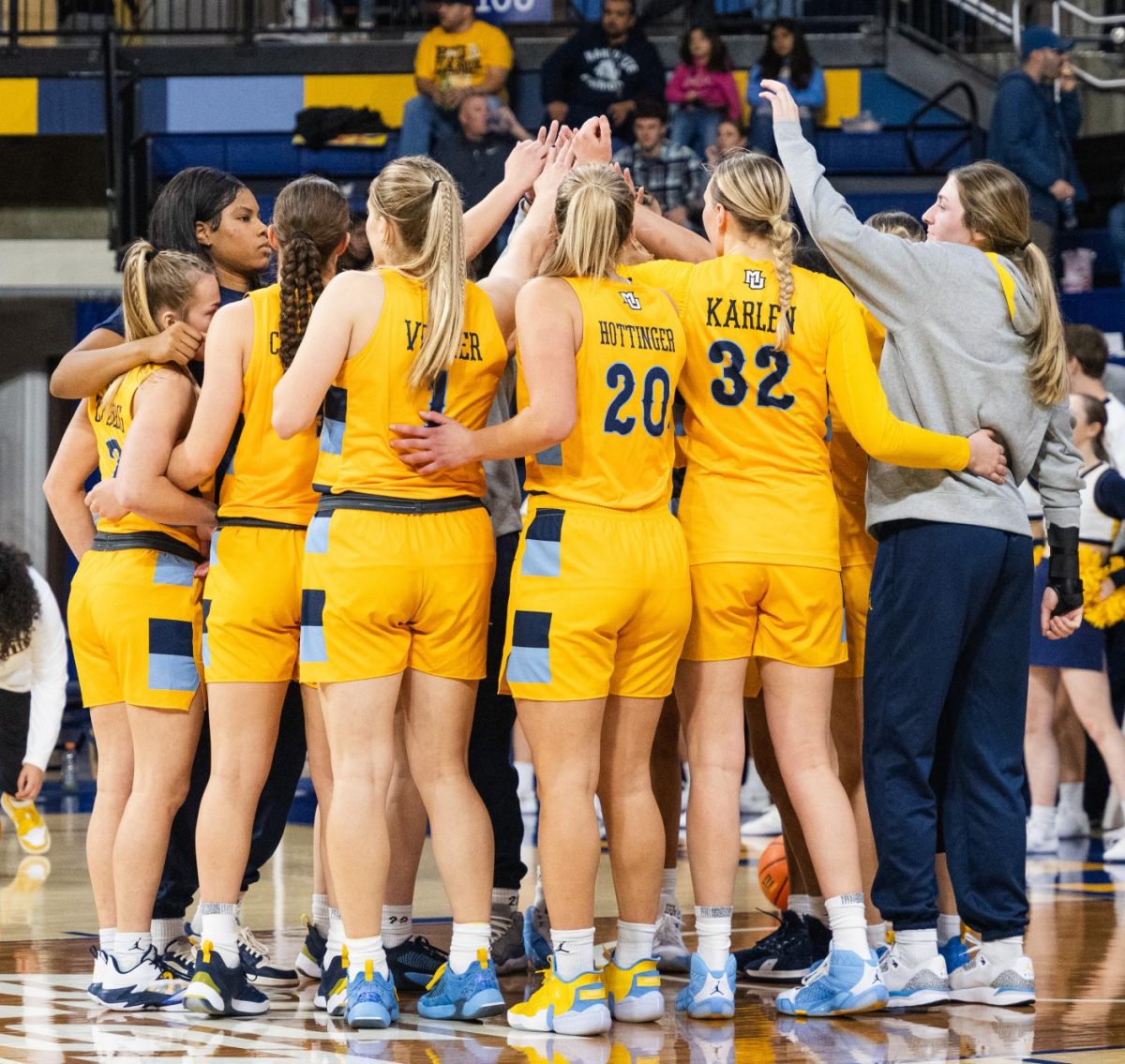Women are two to eight times more likely to tear their ACL than men. Despite this, only 6% of sports injury research focuses on women.
Some injuries, including ankle sprains, stress fractures and ACL tears, are more common in female athletes than men. While more research is needed, current theories point towards anatomical differences between the genders being the reason. To combat these gaps in information, more gender-specific research in sports is crucial.
Factors such as the size of the ligament itself differ between genders, women also tend to have less muscle mass around the knee, leading to decreased stability. Hormone fluctuations during the menstrual cycle can impact the strength and flexibility of the ACL, which makes it more vulnerable to injury.
Dr. Christina Allen, ACL surgery specialist and chief of Yale Sports Medicine, additionally attributes training habits to an increased risk of injury. Allen stresses a lack of emphasis on specific preventative measures, such as a focus on core strength, body awareness and agility training. Maintaining these practices and threading them into the daily routines of female athletes is just a step towards comprehensive injury prevention.
The lack of gender-specific research in sports has increased women’s risk of an injury that could be reduced with proper preventative training. It’s not just a biological difference contributing to this disparity, but a systemic failure that has disproportionately affected women in sports which will continue to weigh on the success and performance of female athletes around the world until addressed.
Sports that involve a rapid change in direction, most commonly soccer, lacrosse and basketball, are where ACL tears occur most often. A female high school athlete who plays soccer year–round has a 16 to 18 percent chance of tearing their ACL. While advanced medicine has allowed for surgical treatment with a 70 to 80 percent chance of return, there’s still a one in five chance that a second ACL injury could occur.
A study done on knee injuries in the WNBA revealed that out of 99 players involved, 37 had torn their ACLs over the course of 21 seasons. The average return to play time for these athletes was 375 days. Recovering from a severe injury such as this requires a long period of physical healing, but also takes a mental and emotional toll, which is oftentimes overlooked in sports medicine.
College star JuJu Watkins recently tore her ACL in a second round NCAA tournament matchup. Acute injuries that occur in a game, like Watkins’, not only derail a player’s season but can also have long-term impacts on their mental health, confidence and career trajectory. Her season was cut short by an unforeseen circumstance, but her career is far from over.
More research is necessary for further integration of specialized training practices that are specifically for women who play sports. These programs can aim to accommodate the anatomical differences within female athletes but aren’t possible without a commitment to comprehensive research.
Gender-specific research could also lead to innovative sports equipment aimed at injury prevention. Athletic trainers and sports medicine professionals have a responsibility to close this gap in injury rates, and it starts with a new approach to research on women in sport. Investing in the health of female athletes should be a priority, not an afterthought.
This story was written by Lilly Peacock. She can be reached at lilly.peacock@marquette.edu or @lillypeacockMU on Twitter/X.







